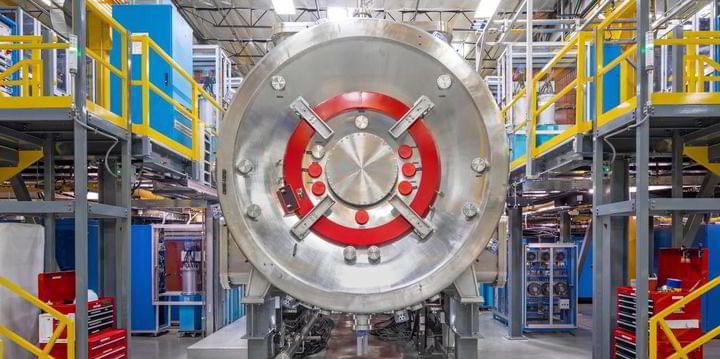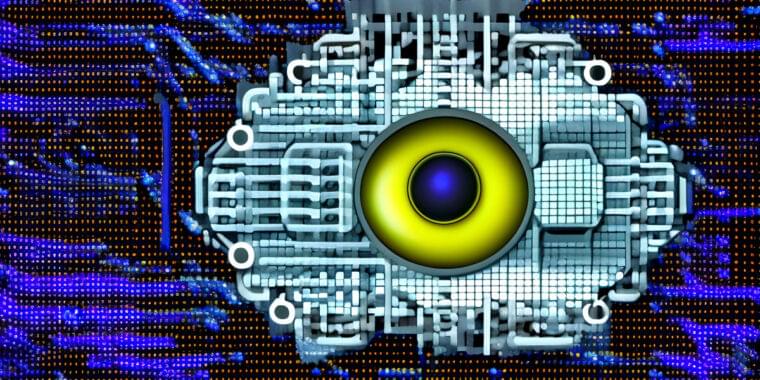An innovative nuclear fusion technology that uses no radioactive materials and is calculated capable of “powering the planet for more than 100,000 years”, has been successfully piloted by a US-Japanese team of researchers.
California-based TAE Technologies, working with Japan’s National Institute for Fusion Science (NIFS), have completed first tests of a hydrogen-boron fuel cycle in magnetically-confined plasma, which could generate cleaner, lower cost energy that that produced by the more common deuterium-tritium (D-T) fusion process.
“This experiment offers us a wealth of data to work with and shows that hydrogen-boron has a place in utility-scale fusion power. We know we can solve the physics challenge at hand and deliver a transformational new form of carbon-free energy to the world that relies on this non-radioactive, abundant fuel,” said Michl Binderbauer, CEO of TAE Technologies.







